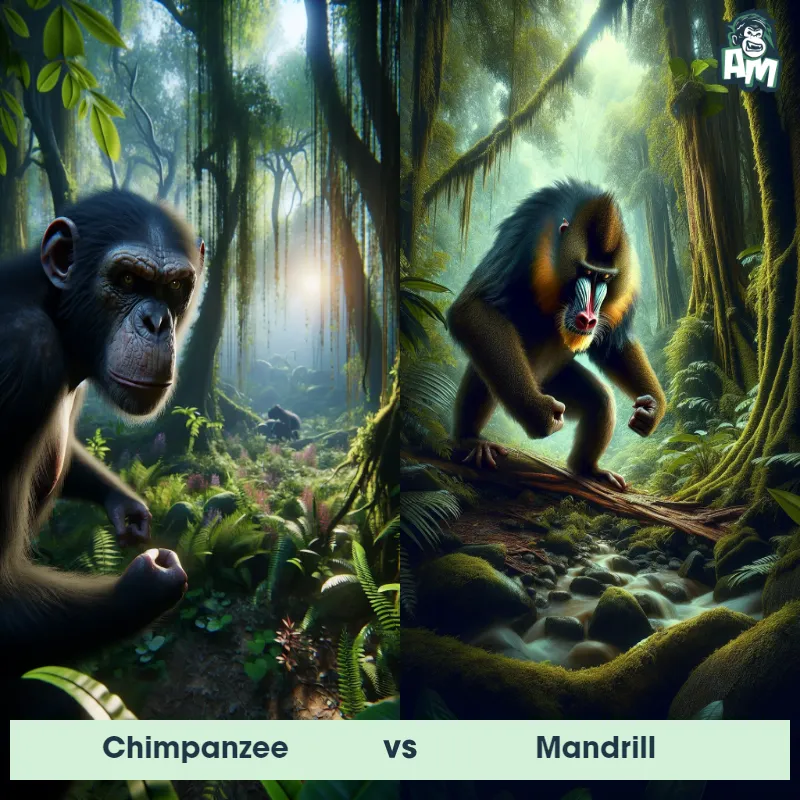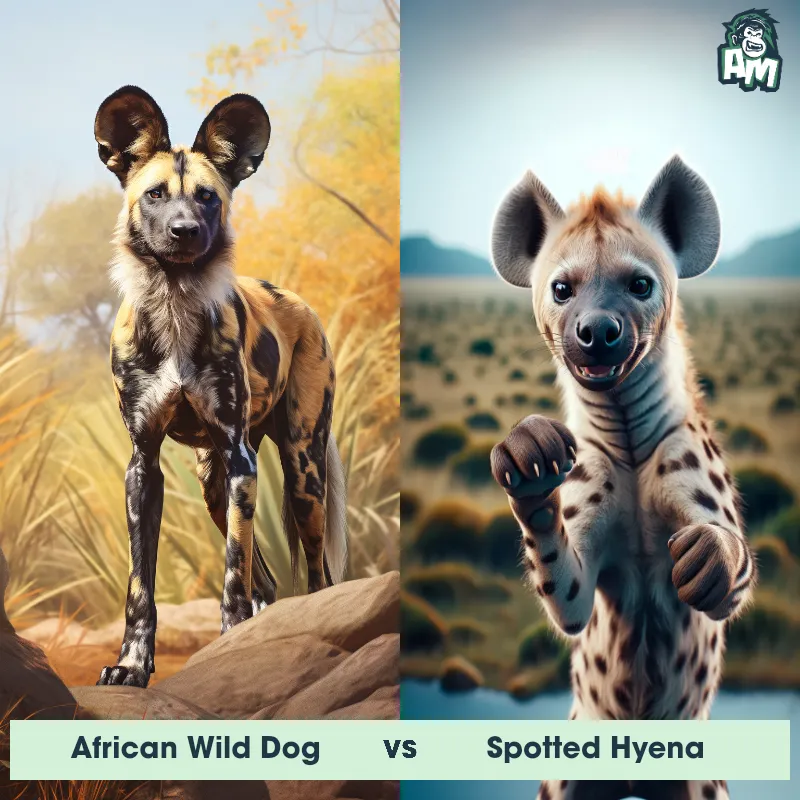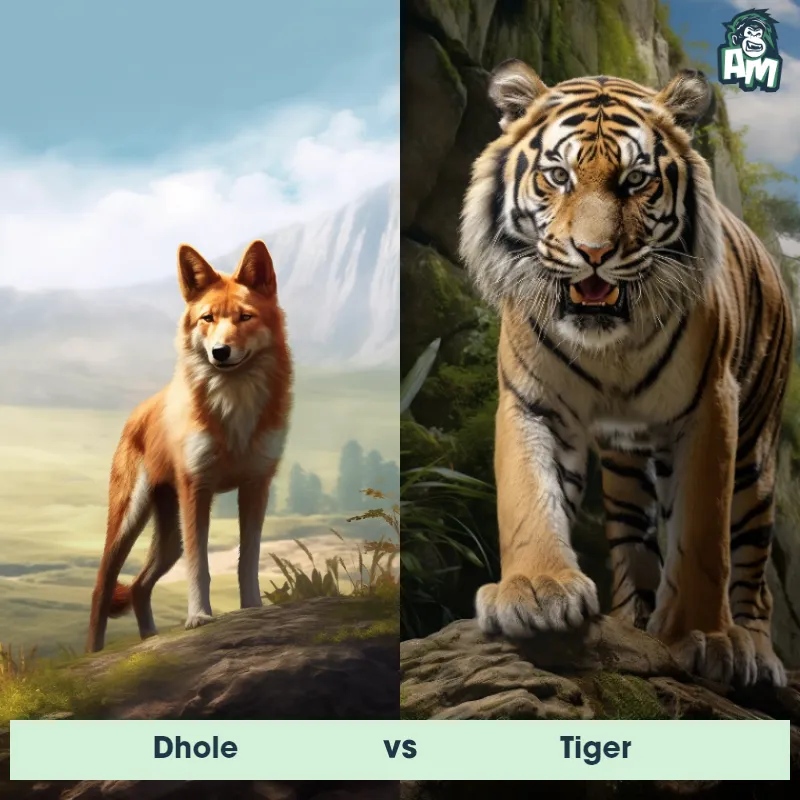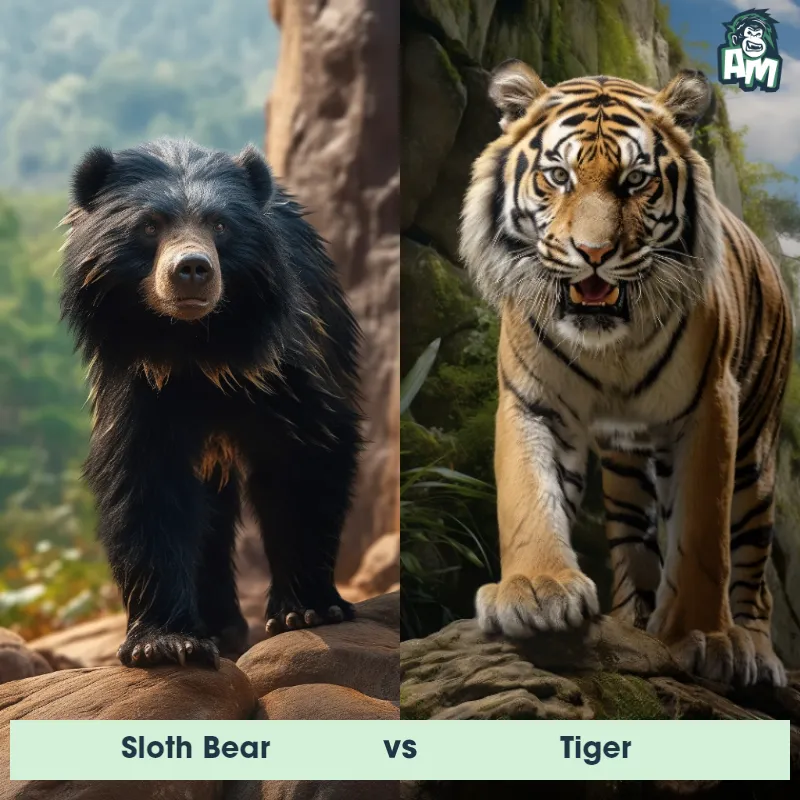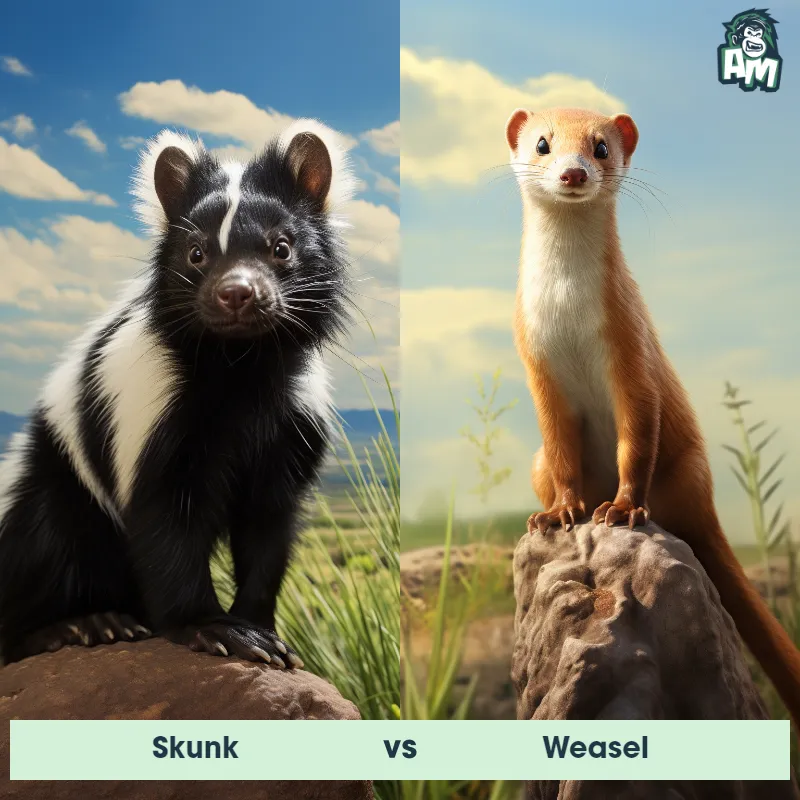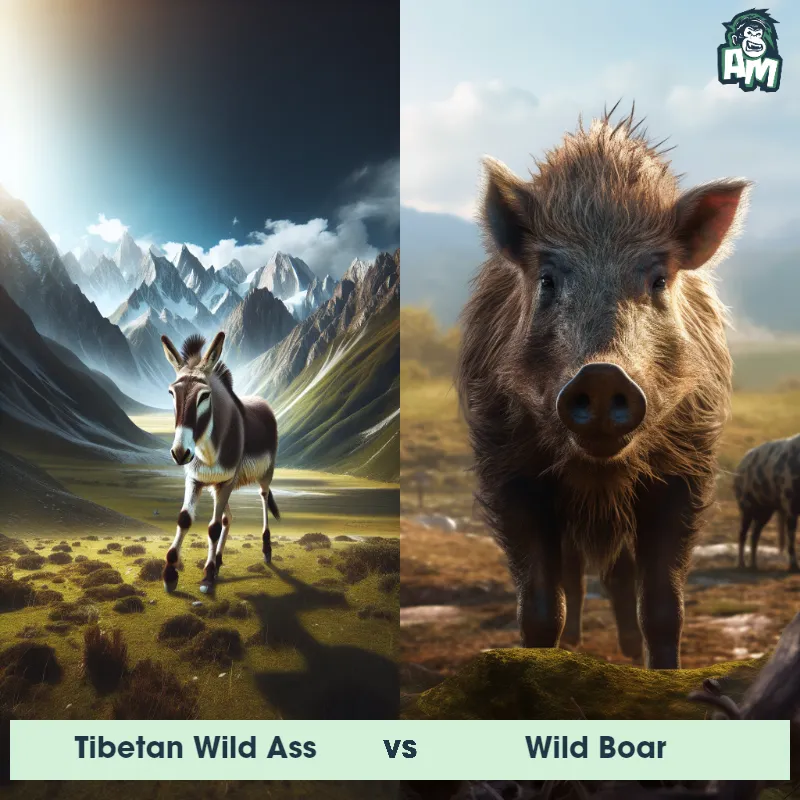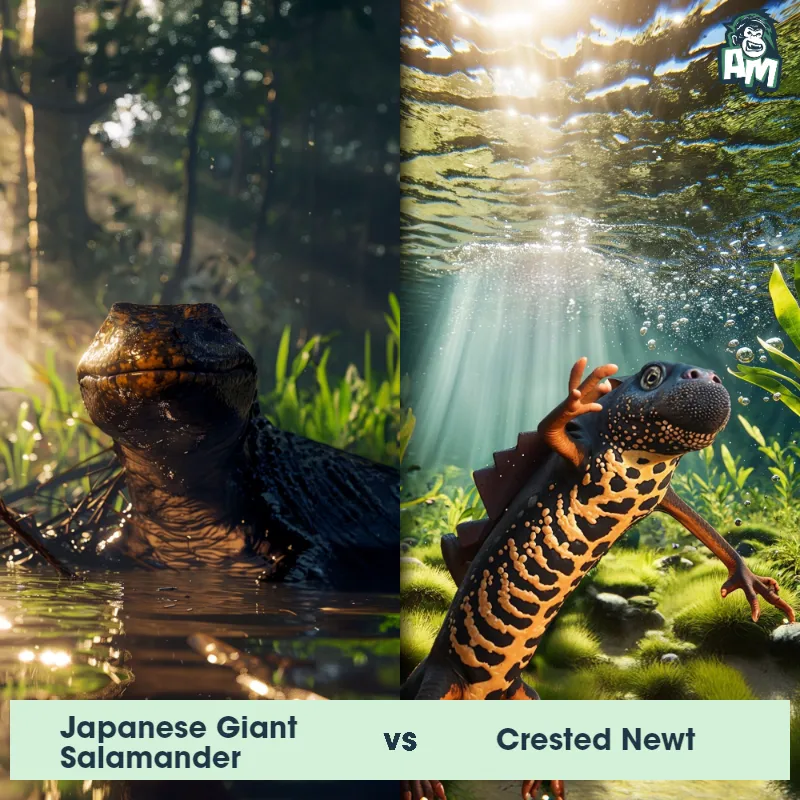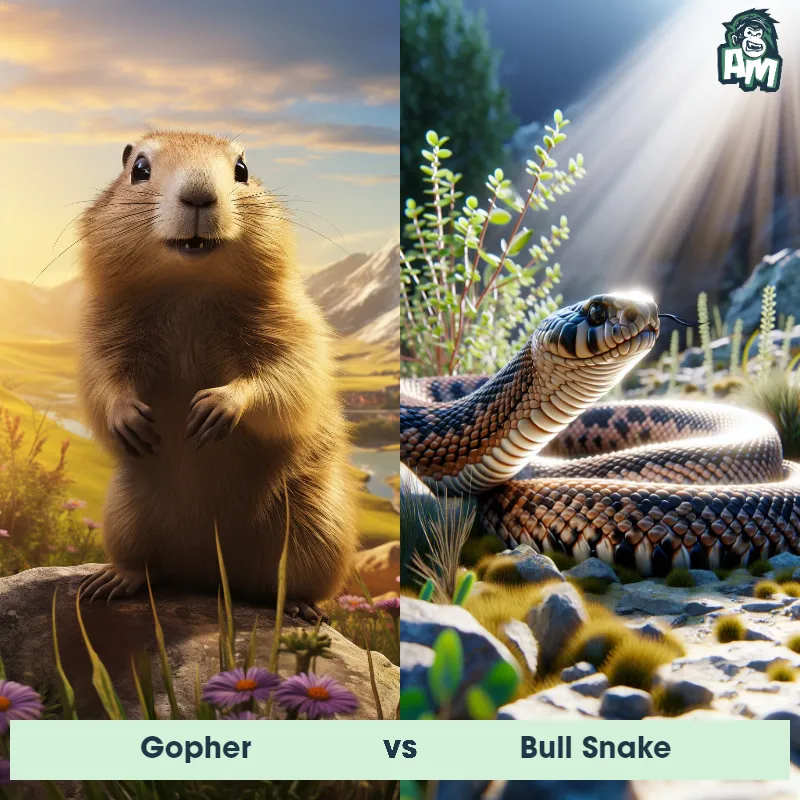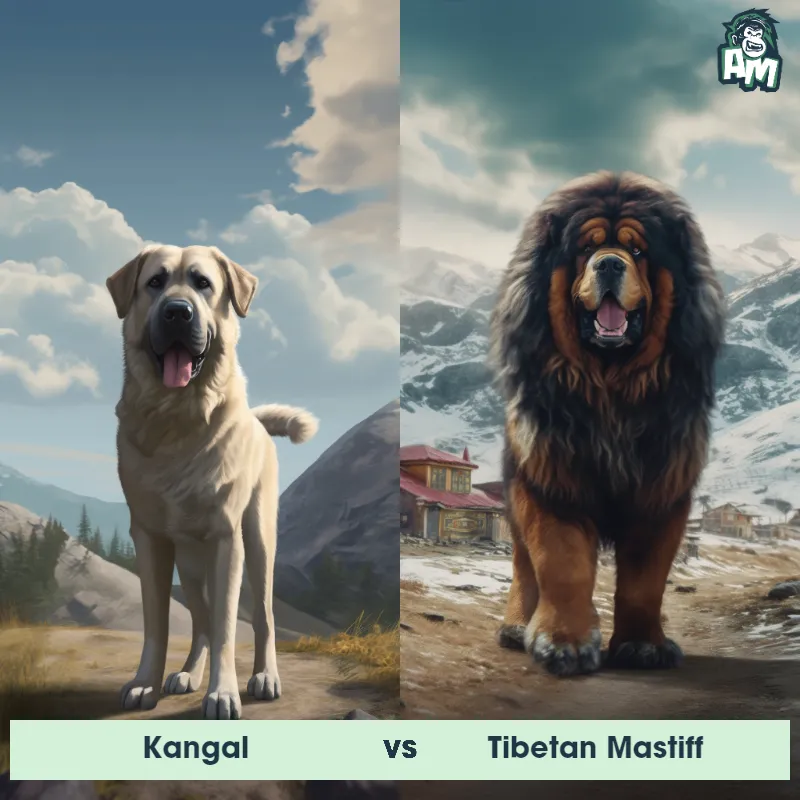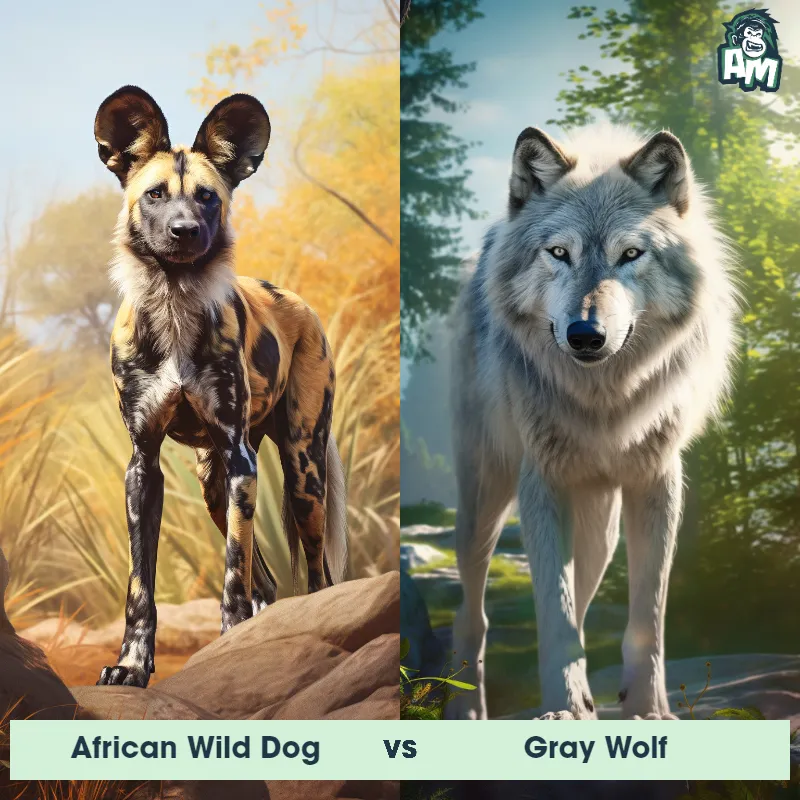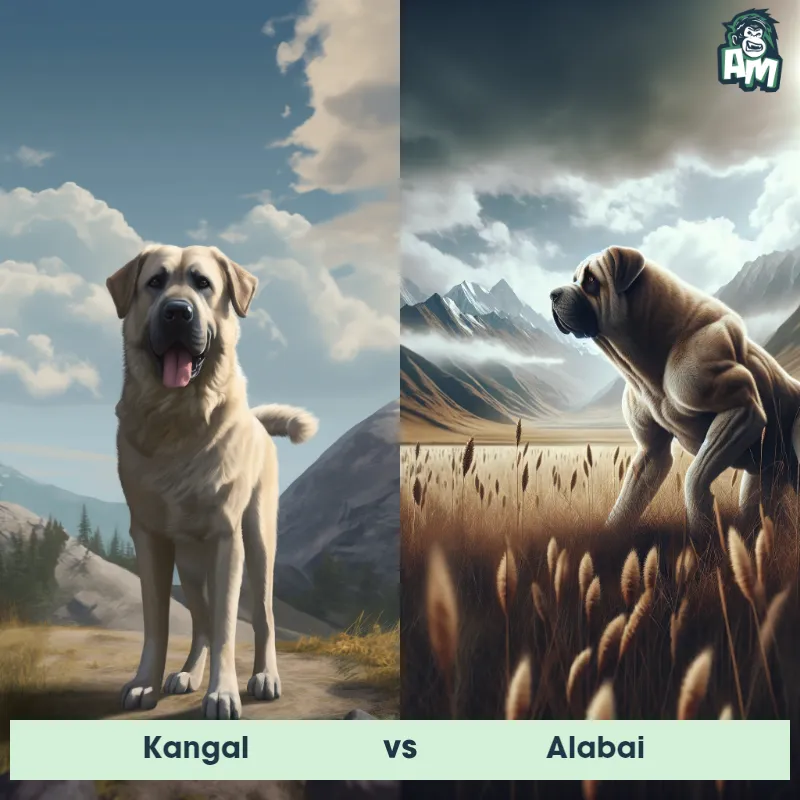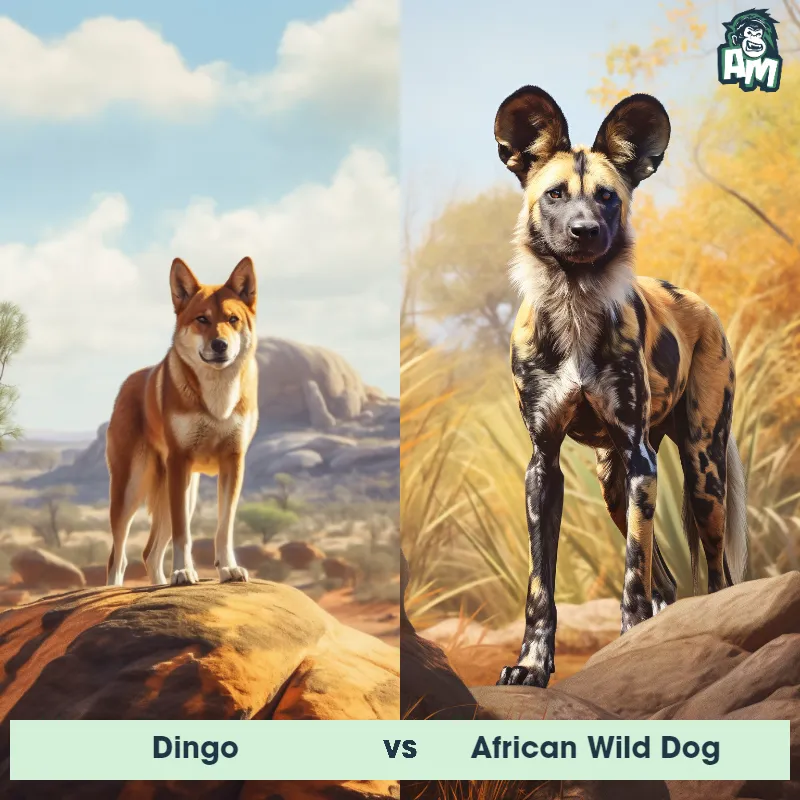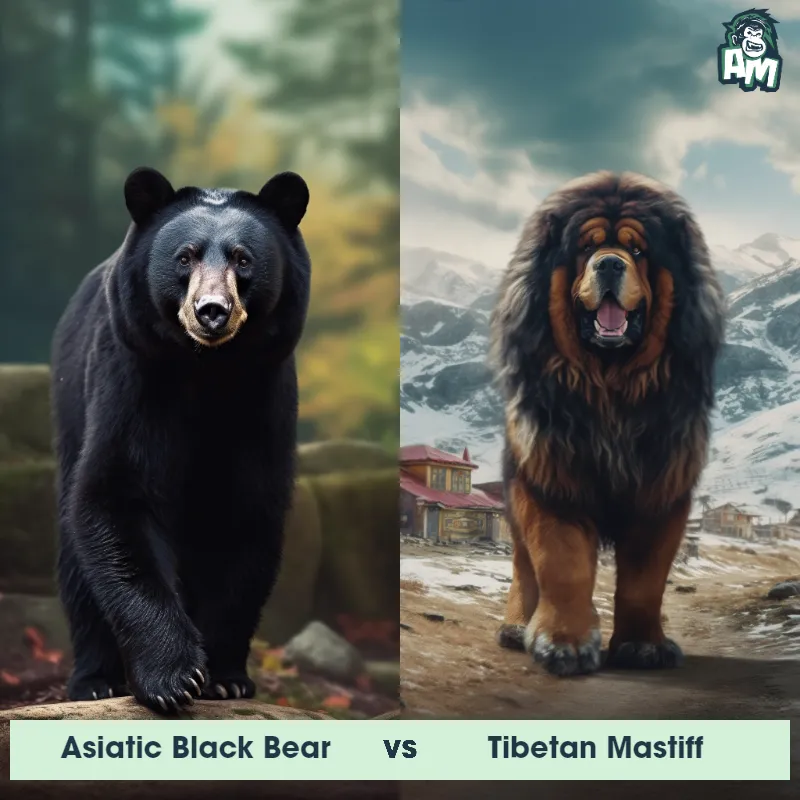Bobcat vs DingoSee Who Wins

Welcome to a thrilling contest between two relentless predators from opposite corners of the globe. In one corner, the small yet fierce North American predator, the Bobcat, known for its agility, stealth, and strength. In the other corner, from the sun-baked plains of Australia, the Dingo, a creature of endurance and cunning, with the tenacity of a seasoned hunter. This match is set to be a fast-paced duel of agility versus endurance!
Contender 1: Bobcat
The Bobcat, also known as Lynx rufus, is a medium-sized wild cat native to North America. They have short, reddish-brown fur with black spots and tufted ears. Bobcats are known for their distinctive short tails, which are only 5-6 inches long. They are solitary animals and are most active at dawn and dusk. Bobcats are skilled hunters and prey on small mammals, birds, and reptiles.
Fun Fact: Bobcats are excellent climbers and can easily scale trees to escape predators or hunt prey.
Contender 2: Dingo
The Dingo, also known as the Australian Native Dog, is a wild canine that is native to Australia. They have a lean and muscular build, with a short, thick coat that can range in color from sandy yellow to red. Dingoes have a distinctive howl and are known for their intelligence and adaptability, as they can survive in a variety of habitats, from deserts to forests.
Fun Fact: Dingoes are one of the few species of dog that can rotate their heads almost 180 degrees in either direction, allowing them to keep a close eye on their surroundings.
Matchup Stats
| Bobcat | Dingo | |
|---|---|---|
| Size | 2-3 feet (0.6-0.9 meters) in length | 20-24 inches (50-60 cm) at the shoulder |
| Weight | 15-30 pounds (6.8-13.6 kilograms) | 22-44 pounds (10-20 kg) |
| Speed | Speed: 30 mph (48 km/hr) | Speed: 40 mph (60km/hr) |
| Key Strength | Powerful legs and sharp claws | Speed and agility |
| Biggest Weakness | Small size compared to other predators | Lack of endurance |
Current Votes
Bobcat vs Dingo
See Who Wins
View More Matches
Looking For More?
Similar Matches
Scientific Stats
| Bobcat | Dingo | |
|---|---|---|
| Scientific Name | Lynx rufus | Canis lupus dingo |
| Family | Felidae | Canidae |
| Habitat | Forests, deserts, suburban areas | Varied, including deserts and forests |
| Geography | North America | Australia |
| Diet | Small mammals, birds, reptiles | Opportunistic carnivores, eating small mammals, birds, and reptiles |
| Lifespan | 10 years - 15 years | 5 years - 10 years |
Key Differences between Bobcat and Dingo
- Size: Bobcats are smaller than Dingos, with an average weight of 20-30 pounds compared to Dingos which can weigh up to 50 pounds.
- Fur color: Bobcats have a reddish-brown coat with black spots, while Dingos have a sandy or yellowish coat.
- Ears: Bobcats have tufted ears, while Dingos have pointed ears.
- Habitat: Bobcats are found in North America, while Dingos are found in Australia.
- Tail: Bobcats have a short, bobbed tail, while Dingos have a long, bushy tail.




